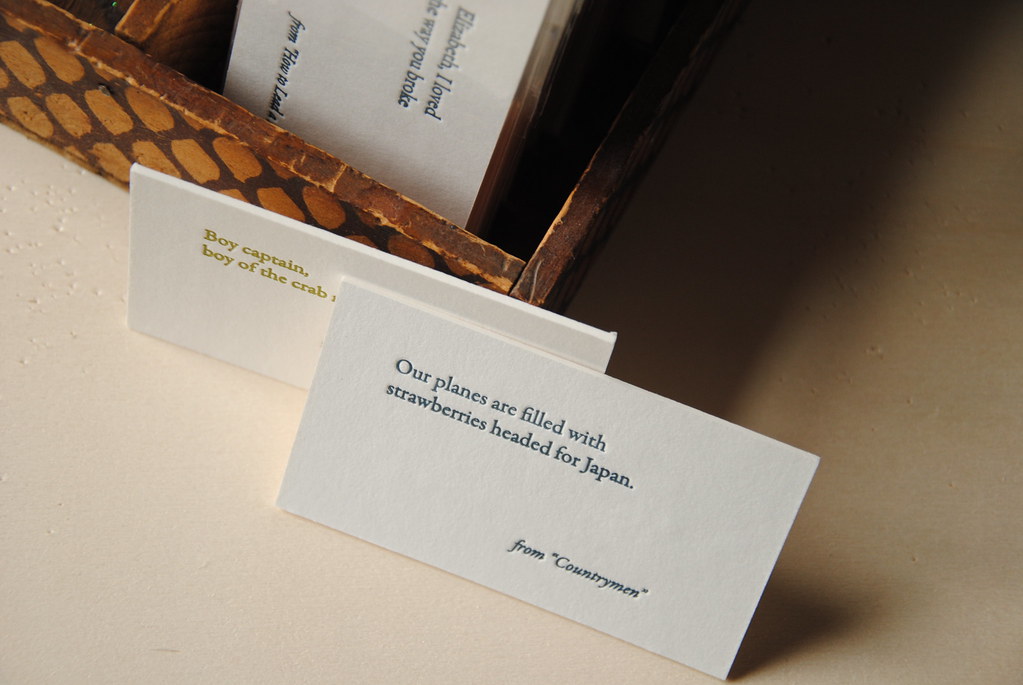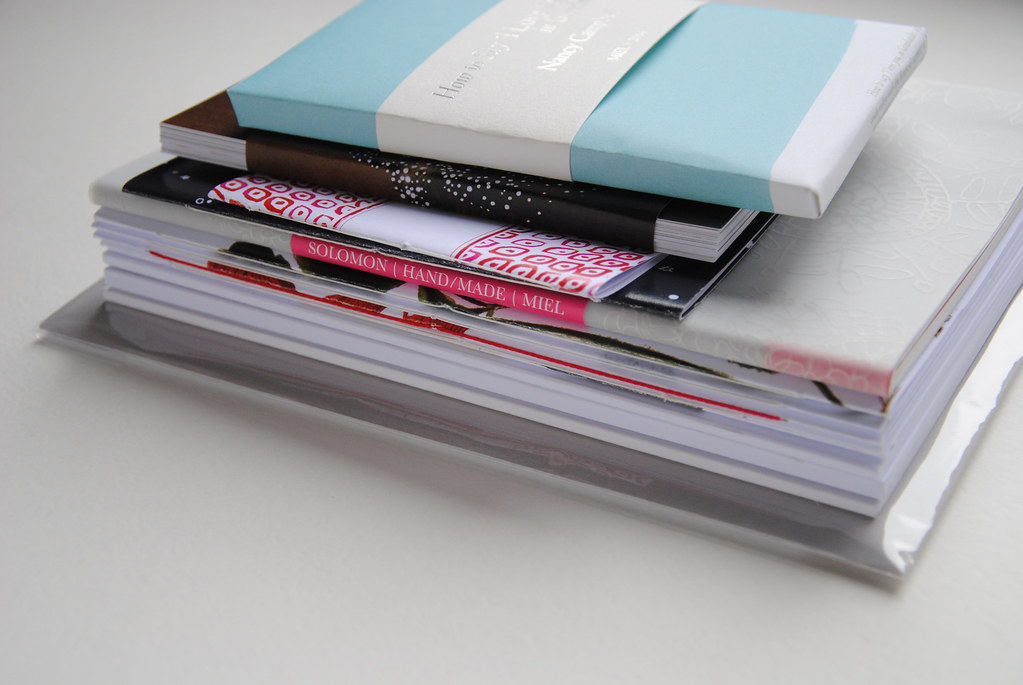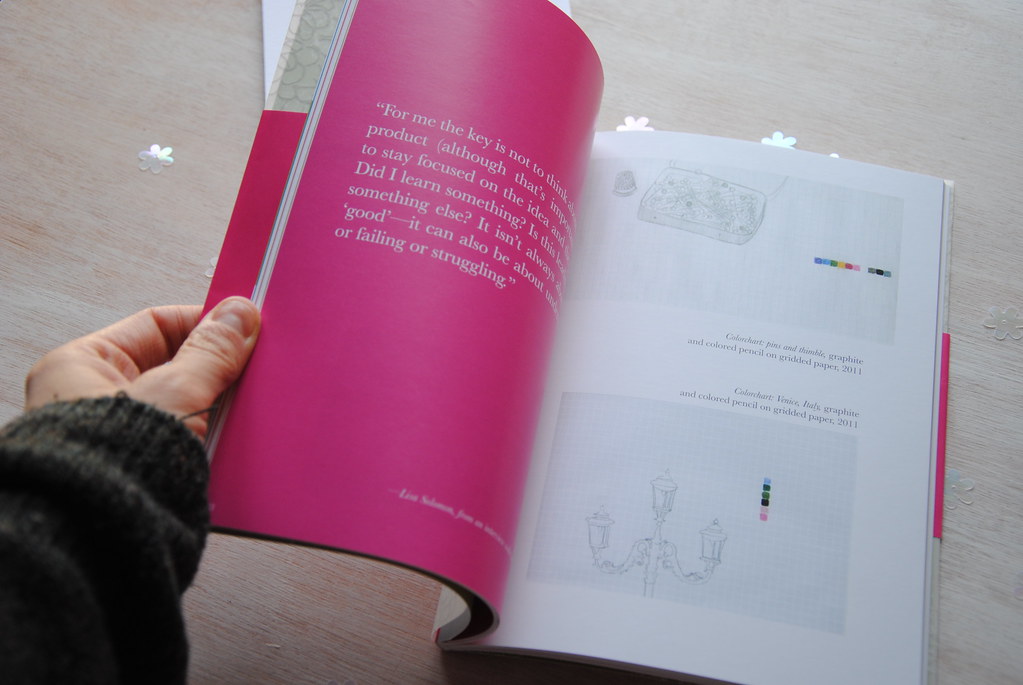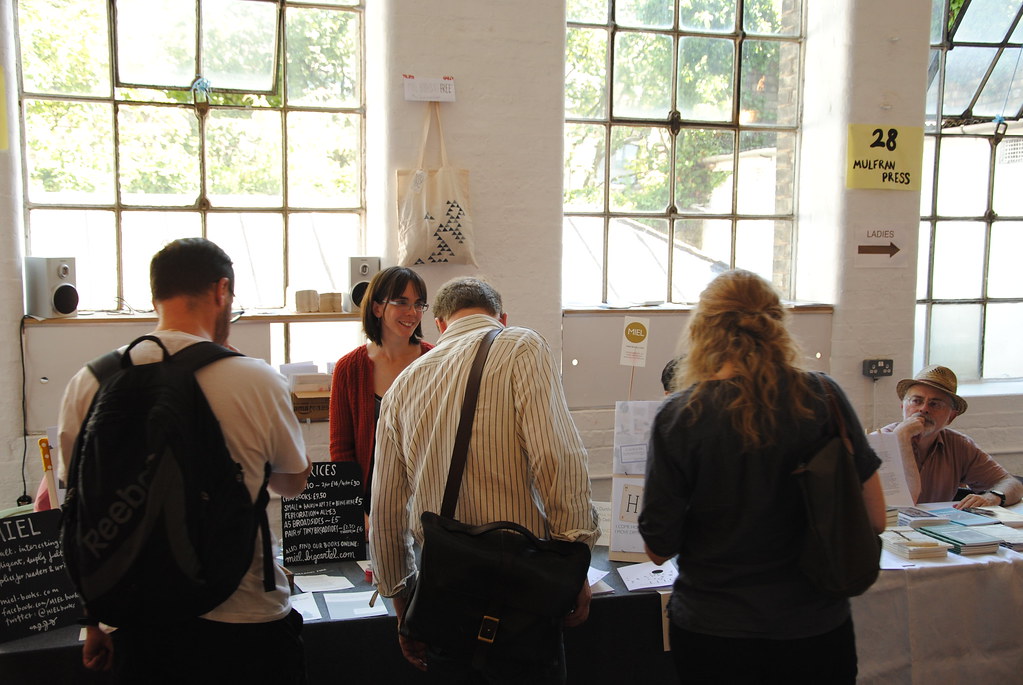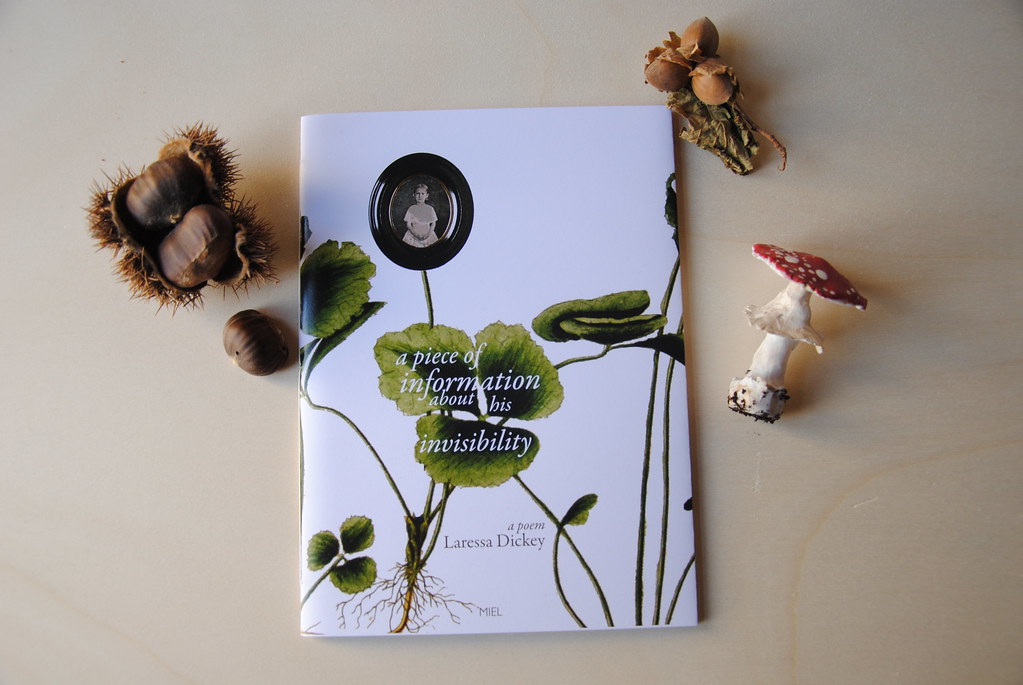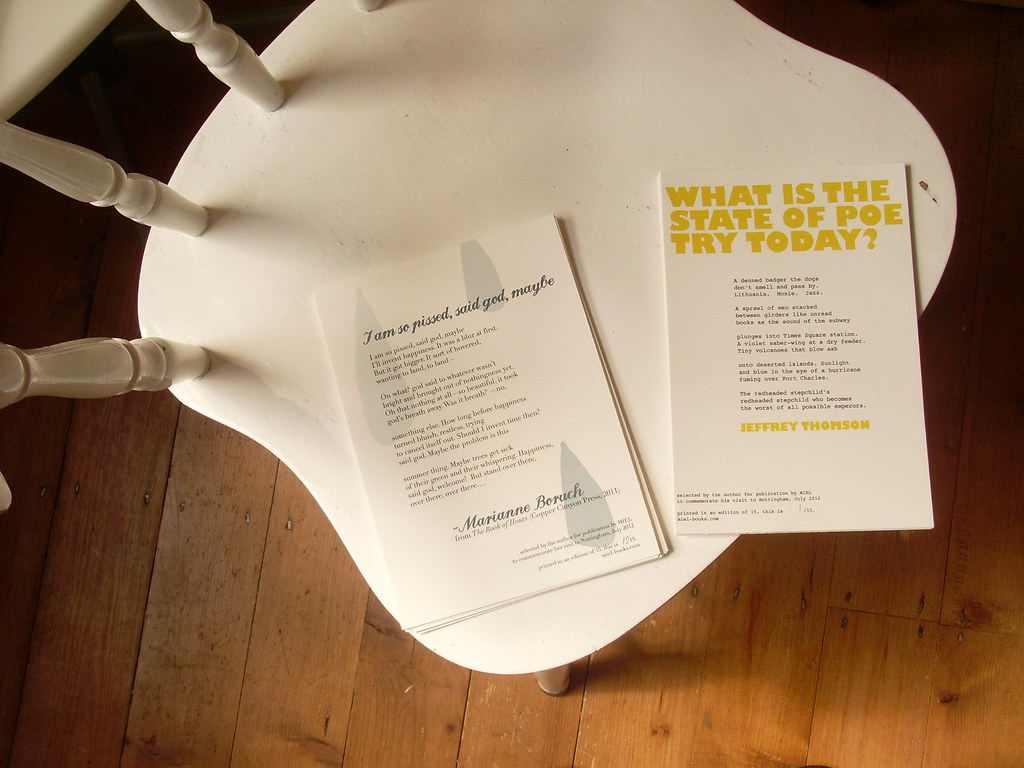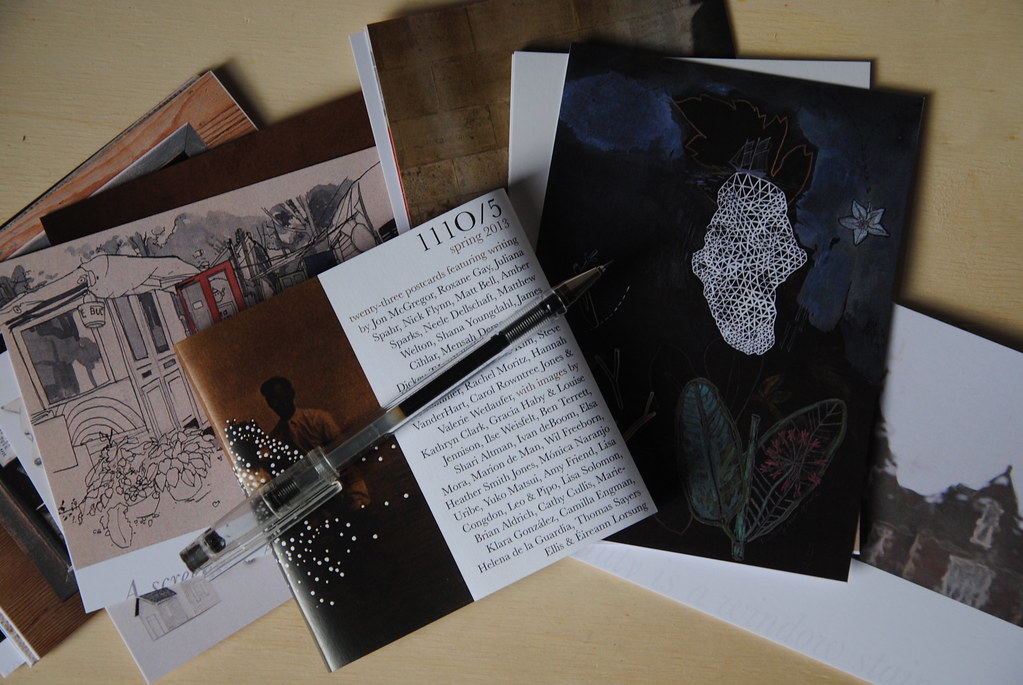three years
By / On / In Books, Movement, Publishing

When I told Laressa Dickey that I, too, was tired of her work being passed over in contests and open reading periods, and that I thought it was worth publishing, and hey, what if I published it (in December 2011), I knew almost nothing about publishing. I knew almost nothing about book design. I set off, as with most things I do, backwards: first committing to making the books, and then figuring out what I needed to do to become a press.
When I think back on the four months between telling Laressa I’d make the press that would publish her work—why not; lots of writers have done this, I said—and launching the first two of her chapbooks alongside Neele Dellschaft’s first chapbook, I remember scrambling to get ISBNs and a business address. I remember watching lots of videos on YouTube in order to figure out how InDesign worked. I remember getting the first batch of covers and it being a real lesson in measure thirty-six times, send the files to the printer once. Oops. I remember folding and binding on the red table in our workroom with Jonathan and Neele. I remember getting those tiny broadsides in the mail from Andrew Schroeder (for Josh Wallaert’s chapbook and Laressa’s third and fourth chapbooks).
As with lots of things I do, and for better or for worse, MIEL began as a piece of play. A game. Let’s imagine what could be, and then let’s do it. That’s a manifestation of my impatience but also of my belief that things are possible and that individual people can make objects and spaces (that we don’t have to wait for the ‘professionals’ to do it, and that we don’t have to make things that act, look, or feel the way ‘real things’ do—we can make our own, in our own way, with the terroir of our individual capabilities and experiences). The incredible thing I learned is that once you start the game, people believe it’s real. And they say yes to things like you publishing their books, even in different formats (like the postcard edition of Nancy Campbell’s How To Say I Love You in Greenlandic, which sold out within a year of publication). And then reviewers say yes to reviewing them. And people, incredibly, show up to buy them.
Designing and publishing Lisa Solomon’s book was in many ways a turning point for MIEL. Prior to this I had used my own savings to pay for book printing (our books generally cost between €200 and €400 to print; at that time I had some work and cheap rent, and I used what was left over to print books). But Lisa’s book is full-color and bound in signatures. It was going to be impossible to publish without assistance. I applied for an Arts Council England grant (thanks, ACE!), which paid for the printing and my time designing the book. Working with Lisa on this was such a gift—her trust in my work really made me aware of the relationship between me as a book designer and editor and the writers and artists whose work I want to support. The money from the Arts Council, and Lisa’s trust—and the book itself, which is the most ‘real’ book we’ve published in design terms (it has a spine, I mean)—made me realize that MIEL could be play, but it was also and simultaneously serious.
One constant in the press work has been the pleasure I take in all aspects of book shows and small press fairs. Everything from designing and building displays, to interacting with visitors: although it can be draining (long days, lots of people, sometimes I forget to eat enough), it is so great to get to talk to people in real time about these books, and to watch them enjoy them, pick them up, read them. As a micropress, lots of book work—like lots of writing—is isolated, quiet, uncompensated. Being in rooms with people, seeing and participating in the life of small presses and of books, is an unmitigated joy.
When I think back now, I’m amazed at how much has happened in the past three years. (MIEL launched its first three titles on March 16, 2012). There are books now that didn’t exist then. I know how to do things (use InDesign and other parts of Adobe CS, market books, manage inventory, offer editorial guidance, work with printers) that I didn’t before. I’ve gotten to meet and correspond with so many great writers and artists, have hosted readings, have helped make connections between writers and other presses when the work wasn’t a fit for MIEL. Not trying to toot my own horn. Just kind of incredible to me how at one point there wasn’t and now, despite the ways in which I still struggle (managing the workload without getting overwhelmed) or worry (the panic of oh my god did I send the proofed version of the manuscript to the printers?!), there is. And the is includes books like Kristen Case’s Temple and Shana Youngdahl’s winter/windows and Megan Garr’s Terrane and Bethany Carlson’s Diadem Me and Jonterri Gadson’s Interruptions and Rachel Moritz’s how absence. And more are coming. (!!!! Although I tend to get bogged down in worry—will the books do justice to the texts? Will they please the writers? Where will the money come from, oh god, the money?—when I step back from my worry I realize how thrilling, really, in a physical way thrilling, it is to be able to make these books.)
So thanks, writers and artists, for trusting me to put your writing and art into the world. And thanks, customers, for buying the books and other things, and allowing me to continue. Thanks also to my parents, who, despite my protestations, order every book (don’t do that! I will send you copies for free!). Thanks to the Arts Council, and to Writing East Midlands, and to the Small Publishers’ Fair and to Free Verse and to States of Independence, who made it possible for the books to exist and provided venues where people could encounter them in real time. Thanks to the reviewers who’ve taken time to read and think about the writing. Thanks to the people who sent work to read during the open reading periods each year. Thanks to Richard of Tompkin Press in Nottingham and Tom Jessen of Foxglove Press in Maine for working with me, producing the books, and tolerating my beginner’s mistakes. And special thanks to my friends, especially Jon, Neele, Matt W., Carol, and Laressa, who have supported me and believed in the press all along. Thanks to Jonathan who as usual made things possible (and always talks me down when I think I’m being silly to try things like this). Three years! Let’s have a few more.
